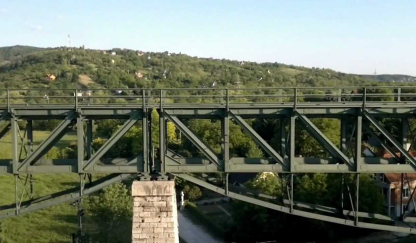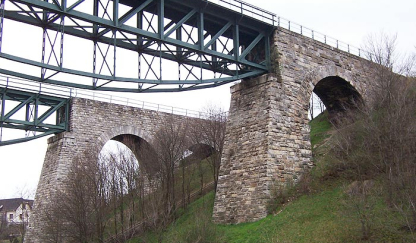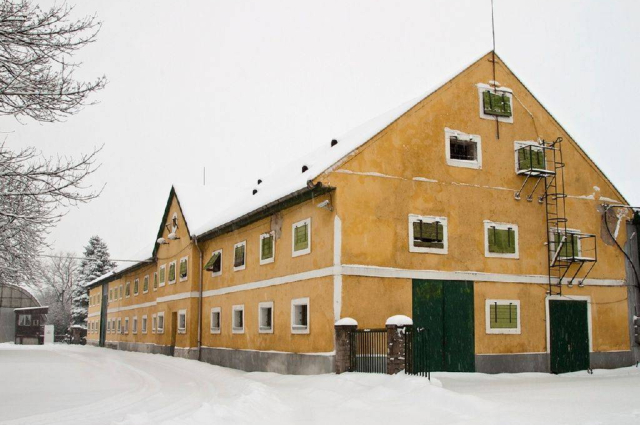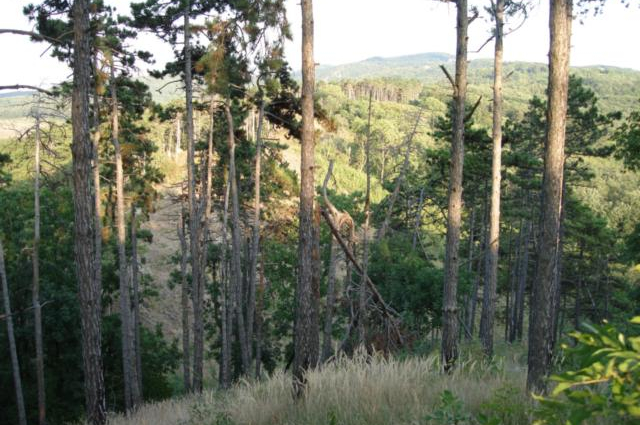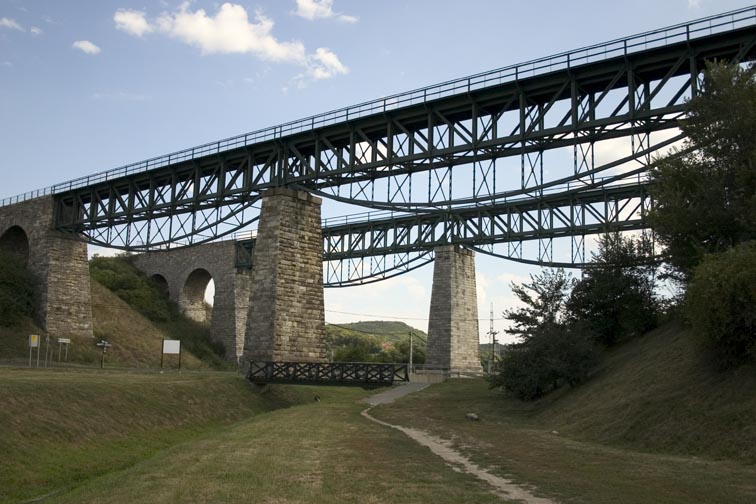
Viaduct
The Biatorbágy viaduct spans the valley of the Füzes (“Willow”) stream on the boundary of Biatorbágy.
The originally single-track viaduct was built in 1883-84 as part of the Budapest Kelenföld-Újszőny (Komárom) railway line; the load-bearing capacity had to be reinforced in 1903.
The viaduct is a relic of the finest era of Hungarian railway history and offers a great spectacle. Nevertheless, it acquired a nationwide reputation at the time of the bomb attack perpetrated in 1931. Fortunately, the damage was only slight at the time and the viaduct was handed over for traffic again on 3 October 1931.
The railway track was corrected in 1977 and so the viaduct was discontinued. After 1979 the structure began to deteriorate rapidly and the idea of demolition emerged. Fortunately, funds were acquired for renovation, it was declared a listed monument and corrosion protection was carried out on the iron structure. The green-painted bridge is still one of the sights of Biatorbágy today.
VIADUCT
Biatorbágy, Szabadság út
GPS: 47.471754,18.832369
(monument)
Similar results
Aynard’s Castle
2074 Perbál, Zajnát tetőLooking towards the Buda Hills one of the defining landscape elements – apart from Meszes-hegy (Limestone Hill) – is the double...
MoreSándor-Metternich Palace
2051 Biatorbágy, Szentháromság tér 4.The Sándor-Metternich palace was built on the orders of Vince Sándor in 1823, using building parts of the former courtyard.
MoreHoly Cross Chapel
2051 Biatorbágy, Sándor utcaConstruction of the Bia Holy Cross Chapel must have begun at the start of the 13th century and the building constructed in late...
More